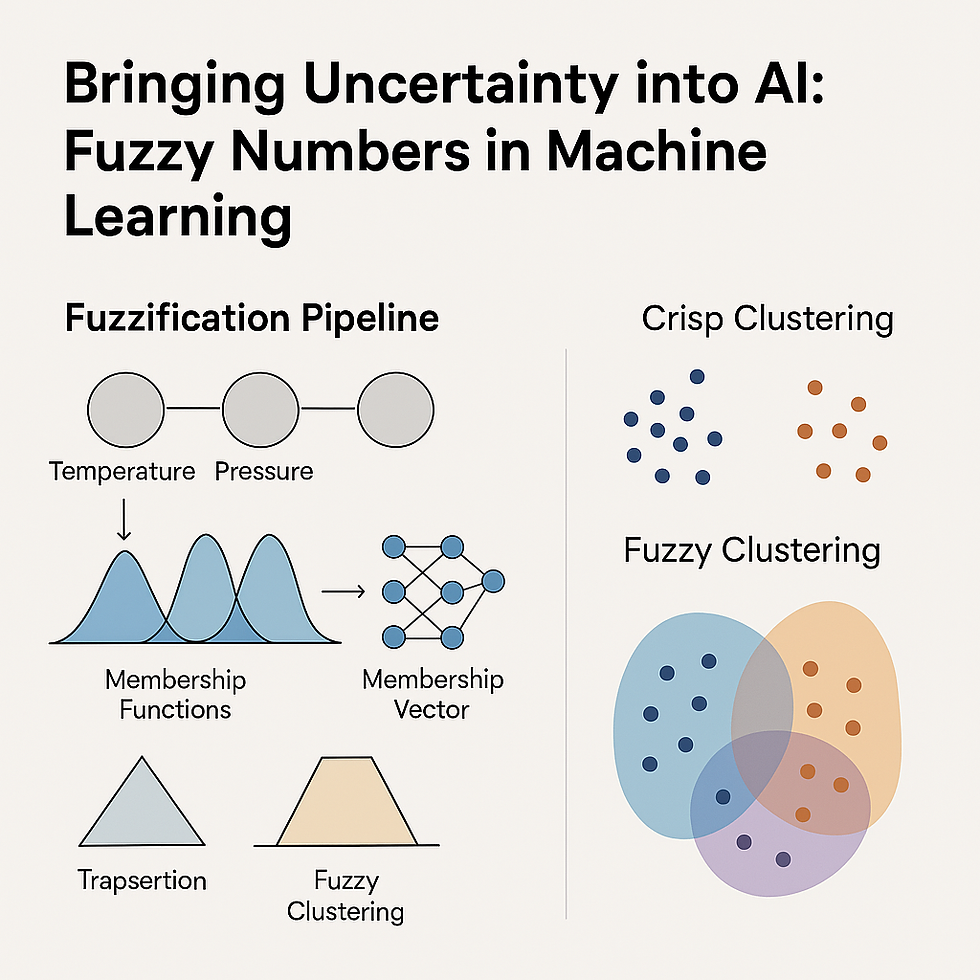Harnessing Statistical Intelligence for Enhanced Environmental Outcomes in Wildfire Management
- Gnosis Analytics Crew

- Sep 22
- 3 min read
Wildfires are becoming more frequent and intense, raising concerns for scientists, policymakers, and communities. In fact, according to the National Interagency Fire Center, there were over 58,000 wildfires recorded in the United States in 2020 alone, consuming over 10 million acres of land. As climate change makes conditions more conducive to wildfires, effective management strategies are essential. One promising approach is statistical intelligence. By using advanced data analytics like Bayesian intelligence, we can predict wildfire risks more accurately and take proactive measures.
Statistical intelligence involves various techniques to use data for better decision-making. In environmental science, this means combining information from weather patterns, vegetation types, and past fire incidents to create predictive models for wildfire occurrences. This post highlights how statistical intelligence can lead to better wildfire management and environmental stewardship.
Understanding Bayesian Intelligence
Bayesian intelligence updates predictions continuously by incorporating prior knowledge with new evidence. This method is valuable in the changing and uncertain field of environmental science. For instance, if a wildfire occurs in a previously untouched area, Bayesian models can refine future predictions for similar regions based on new data. This adaptability is vital because it helps decision-makers respond effectively to changing conditions.
For example, a recent study showed that Bayesian models improved fire prediction accuracy by up to 28% compared to traditional methods. This means better planning for firefighting efforts and resource allocation.
The Role of Data in Wildfire Prediction
Data is crucial for applying statistical intelligence in wildfire management. Many data sources contribute to understanding wildfire risks, including:
Meteorological Data: Factors like temperature, humidity, and wind speed largely affect fire behavior. Predictive models can assess the risk of ignition and spread by analyzing historical weather patterns along with current conditions.
Vegetation and Fuel Load: The type and density of vegetation determine how easily a fire can ignite. Using remote sensing technologies, such as satellite imagery, provides insights into vegetation types and their densities, leading to a better understanding of risks.
Historical Fire Data: Examining previous wildfire incidents identifies patterns and informs future predictions.
By combining these diverse data sources, statistical intelligence can generate effective predictive models that enhance wildfire management.
Enhancing Decision-Making with Predictive Models
The use of statistical intelligence improves decision-making processes in wildfire management. Accurate forecasts allow policymakers and emergency responders to implement targeted interventions to reduce wildfire risks. For example, predictive models can guide:
Resource Allocation: By pinpointing where wildfires are most likely to occur, firefighting resources can be deployed more effectively, ensuring personnel and equipment are ready before a fire starts. Studies have shown that this strategic allocation can reduce response times by up to 50%.
Public Awareness Campaigns: Identifying high-risk areas enables authorities to launch focused public awareness campaigns, educating residents about fire safety measures. For instance, local governments in Southern California recently ran campaigns that decreased fire-related emergency calls by 25%.
Land Management Practices: Statistical intelligence aids in land management decisions, such as controlled burns and vegetation thinning. These measures help reduce fuel loads in high-risk zones, significantly lowering the chances of catastrophic wildfires.
Case Studies in Statistical Intelligence Application
Several case studies demonstrate the successful use of statistical intelligence in wildfire management. In California, Bayesian models have been utilized to better predict wildfire risks. By incorporating weather data, vegetation types, and historical incidents, these models have significantly influenced resource allocation and emergency response strategies, particularly during peak fire seasons.
In Australia, researchers have combined climate change models with historical fire data to anticipate how changing weather patterns may affect wildfire behavior. This predictive work helps design long-term strategies to combat increasing wildfire risks in a shifting climate.
Challenges and Future Directions
Despite its benefits, applying statistical intelligence to wildfire management faces challenges. A major hurdle is access to quality data. Many remote or underserved regions lack reliable datasets. Overcoming these data gaps is crucial for enhancing the accuracy of predictions.
Moreover, the complexity of wildfire behavior complicates model development. Numerous factors, such as topography and human activity, influence fires. Consequently, building comprehensive models that consider these variables requires ongoing collaboration between scientists, policymakers, and practitioners.
Looking toward the future, integrating emerging technologies like machine learning presents an opportunity to elevate statistical intelligence in wildfire management. These technologies can analyze larger datasets more efficiently, leading to improved predictions and more effective decision-making.
Moving Forward
In summary, statistical intelligence, particularly through Bayesian models, is vital for improving wildfire management outcomes. By tapping into various data sources and updating predictions in real-time, researchers and practitioners can better understand and mitigate wildfire risks. As wildfires grow in number and intensity, relying on data-driven strategies in environmental science is increasingly important.
Investing in statistical intelligence not only enhances our ability to predict and manage wildfires but also promotes proactive environmental stewardship. By adopting innovative approaches, we can help communities prepare for the challenges posed by wildfires, fostering safer and more resilient ecosystems.




Comments